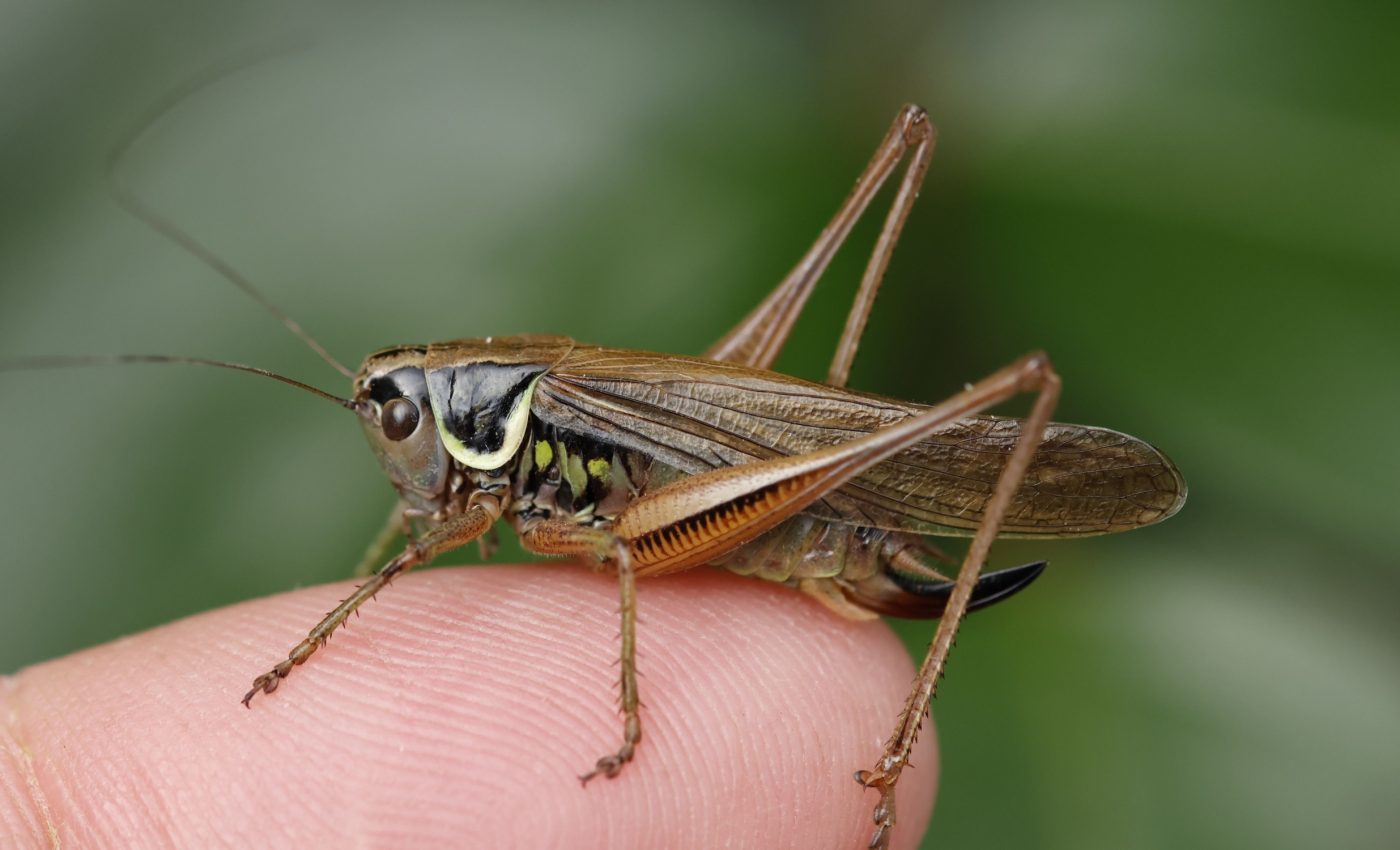
Scientists finally learn how crickets sing and chirp
Animal communication has always fascinated scientists. From bird calls to whale songs, acoustic signals help species find mates, warn of danger, and mark territory.
But while many animals use vocal cords, some rely on completely different mechanics. Crickets, for example, create their characteristic chirps using intricate wing vibrations.
Reconstructing these songs, especially for extinct species, has long been a challenge. Vocal cords and soft tissues rarely fossilize, and scientists often have to piece together incomplete clues.
Now, researchers at Western University have developed a breakthrough method that can accurately recreate cricket songs using preserved specimens and advanced computer models.
How crickets’ songs were recreated
This approach combines detailed measurements of preserved cricket wings with finite element modelling (FEM). It focuses on the physical structure of the wings, predicting their vibration patterns and song frequencies with unprecedented accuracy.
The findings, published in Royal Society Open Science, came from the lab of Natasha Mhatre, a biology professor and Canada Research Chair in invertebrate neurobiology. She and her team aim to better understand insect and spider communication.
The modelling system can even predict the vibration patterns of wings it was not designed for. This leap forward changes how scientists study preserved specimens and opens the possibility of reviving sounds from species long extinct.
How crickets make sound
Crickets do not use vocal cords to produce sound. Instead, they create songs through vibrations in their forewings. These wings are tough, leathery structures that protect the cricket’s body and hold the specialized microstructures required for chirping.
The arrangement of veins in the forewings plays a critical role in song frequency.
“Each cricket wing has a pattern of veins running through it, which are structurally critical to making songs,” said Mhatre.
“Some of these veins are used to generate the forces that make the wing vibrate and make sounds. Others stiffen local areas within the wing and develop the resonant structures that vibrate at specific frequencies.”
New model gives better results
For years, scientists used FEM and measurements from preserved specimens to study cricket calls.
However, both approaches relied on simplifying assumptions. Previous FEM models treated dense vein regions as fixed, which did not reflect reality.
The new study improved accuracy by clamping wings only at the base, as they naturally hinge.
The researchers also modeled the stiffening effects of veins directly. This approach worked even for wing variations across cricket species and improved predictions about vibration patterns.
Using preserved specimens
The team also tested preserved cricket wings. Desiccated specimens vibrated similarly to live ones but at higher frequencies due to stiffened cuticles.
Rehydrating the wings restored their resonance frequencies, making them more comparable to live crickets.
This discovery means preserved specimens can help predict the songs of extinct or rare species.
Adjusting for stiffness, either physically through rehydration or computationally, makes these specimens a powerful tool for studying acoustic evolution.
Wing veins change cricket songs
Venation patterns in cricket wings are genetically driven and influence song frequency. Changes in these patterns can drive evolutionary shifts in communication signals.
By modelling venation and resonances without assumptions about immobile areas, scientists can trace how wing structures shaped cricket song evolution.
This method can also analyze fossil specimens, even when only two-dimensional impressions are available.
Bringing back lost cricket songs
The refined methodology opens the possibility of reconstructing the songs of species that vanished long ago. Museum specimens and fossils can now be analyzed for their acoustic traits, offering a new window into insect communication through time.
“We’ve developed a more reliable way of dealing with reconstructing cricket acoustic function from morphology, using computational modelling and preserved specimens,” said Mhatre.
Collaboration and future directions
The study began during the COVID-19 pandemic and included Nathan Bailey from the University of St. Andrews.
Three of Mhatre’s former undergraduate students, Sarah Duke, Ryan Weiner, and Gabriella Simonelli, also contributed as co-authors.
This breakthrough could inspire large-scale studies on cricket song diversity. Comparing wing mechanics across species may reveal how morphology drives communication and speciation in the insect world.
The study is published in the journal Royal Society Open Science.
—–
Like what you read? Subscribe to our newsletter for engaging articles, exclusive content, and the latest updates.
Check us out on EarthSnap, a free app brought to you by Eric Ralls and Earth.com.
—–













